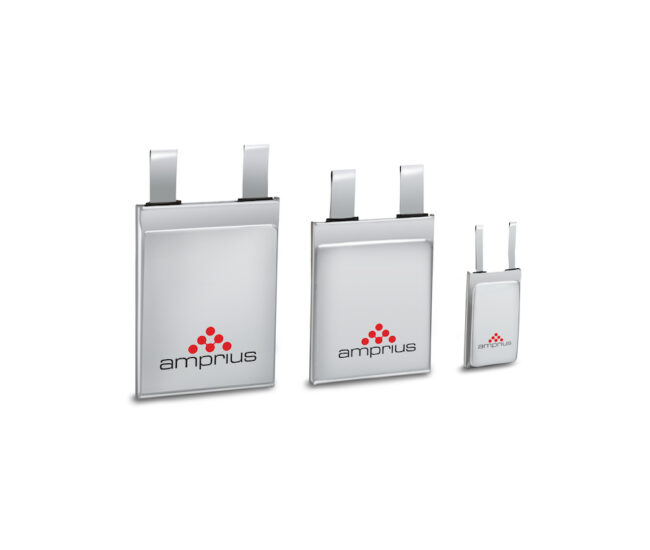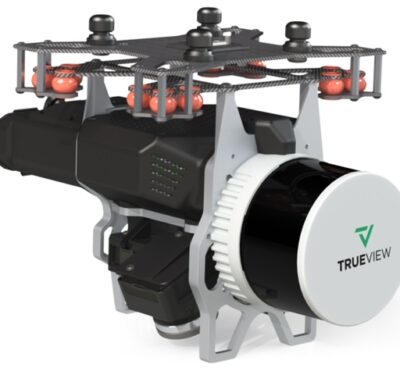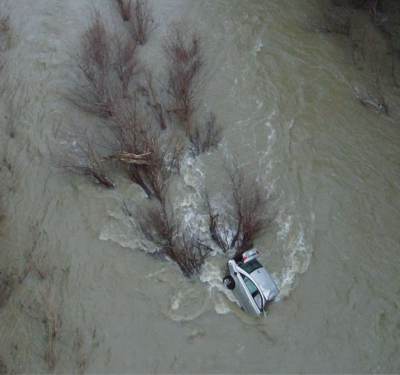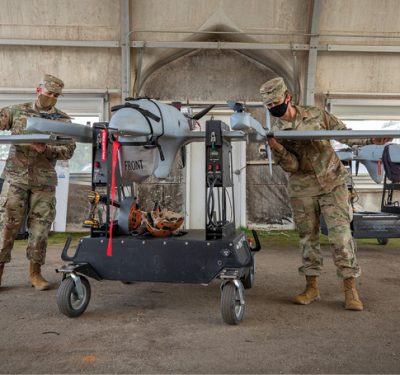Ronnie Tao, vice-president business development for Fremont, California-based Amprius Technologies, is enthusiastic about his company nearly doubling the energy density of lithium-ion batteries.

“We are the world’s most advanced, commercially available lithium-ion battery today,” he announced at last week’s Commercial UAV Expo in Las Vegas. “Most drones out there today, most applications, use what are called 18 650 cells. Those are basically cylindrical cells that look like big double A batteries. The gravimetric energy density of those batteries is about 250-watt hours per kilogram. That’s how much energy you can have per unit mass.
“Our batteries, our energy cell, is 450-watt hours per kilogram, which is almost double the energy density that’s available in all of the solutions that are out there today,” he continued. “This is actually done via our silicon nanowire platform. And that’s really special.
“Taking a step back, for other batteries out there today, they’re all anode-limited in terms of energy density, meaning the anode material that they use, which is currently graphite, has reached a theoretical maximum for energy density. They literally can’t get any denser, which is why you see this giant push for advanced battery technologies.”
Tao went on to explain that silicon had long been sought after as the holy grail of materials to use in an anode capacity, when compared against graphite, but that no one before Amprius had been able to control swelling. “Silicon has an uncontrollable tendency to swell,” he noted, “and it swells approximately 300%. So, if you imagine a 5 millimeter battery, after you start to use it, it will grow to 15 millimeters. You can’t commercialize something that way.”
Growing Silicon Nanowire
Tao noted how the Amprius commercial solution achieves 100% silicon usage in its anodes without swelling. The process is based on research originally carried out at Stanford by Amprius founder Professor Yi Cud and developed to a commercial product over several years of R&D at the company.
“What we do is grow a silicon nanowire directly from the current collector, then coat it with silicon,” Tao said.
Scientific American explained it further:
“To overcome the issues caused by silicon swelling, a silicon nanowire electrode [was developed] that leaves room for thin [hairs] of silicon to swell and shrink as they absorb lithium. The unique geometry allows the battery to cycle repeatedly without damaging the delicate silicon—and unlocks all of the energy density benefits of using silicon.”
Tao noted that while users of Amprius products do not need to make any proprietary changes to use its batteries, they most likely will need to make a design adjustment in the battery housing to accommodate the batteries’ unique shape.
Amprius plans to break ground next year in either Texas or Georgia. Tao expects this additional production capacity to lower costs, and notes that the company also expect to go public soon.






